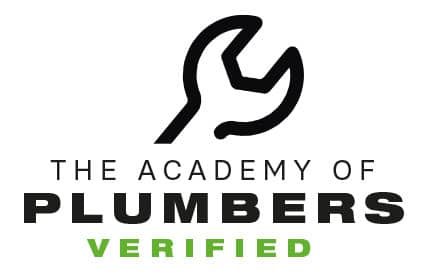What is an Arc Flash?
Arc Flash is the result of a rapid release of energy due to an arcing between a phase bus bar and another phase bus bar, neutral or a ground. During an arc fault the air is the conductor. Arc faults are generally limited to systems where the bus voltage is in excess of 120 volts. Lower voltage levels normally will not sustain an arc. An arc fault is similar to the arc obtained during electric welding and the fault has to be manually started by something creating the path of conduction or a failure such as a breakdown of insulation.
The cause of the short normally burns away during the initial flash and the arc fault is then sustained by the establishment of highly-conductive plasma. The plasma will conduct as much energy as is available and is only limited by the impedance of the arc. This massive energy discharge burns the bus bars, vaporizing the copper and thus causing an explosive volumetric increase, the arc blast, conservatively estimated, as an expansion of 40,000 to 1. This fiery explosion devastates everything in its path, creating deadly shrapnel as it dissipates.
The arc fault current is usually much less than the available bolted fault current and below the rating of circuit breakers. Unless these devices have been selected to handle the arc fault condition, they will not trip and the full force of an arc flash will occur. The electrical equation for energy is volts x current c time. The transition from arc fault to arc flash takes a finite time, increasing in intensity as the pressure wave develops. The challenge is to sense the arc fault current and shut off the voltage in a timely manner before it develops into a serious arc flash condition.
Why the focus on Arc Flash?
In the early 1980’s a paper “The Other Electrical Hazard: Electric Arc Blast Burns” by Ralph Lee was published in the IEEE Transactions on Industrial Applications. The effect of this paper was to realize the need to protect people from the hazards of arc flash. Four separate industry standards concern the prevention of arc flash incidents:
- OSHA 29 Code of Federal Regulations (CFR) Part 1910 Subpart S.
- NFPA 70-2002 National Electric Code.
- NFPA 70E-2000 Standard for Electrical Safety Requirements for Employee Workplaces.
- IEEE Standard 1584-2002 Guide for Performing Arc Flash Hazard Calculations.
Compliance with OSHA involved adherence to a six-point plan:
- A facility must provide, and be able to demonstrate, a safety program with defined responsibilities
- Calculations for the degree of arc flash hazard
- Correct personal protective equipment (PPE) for workers.
- Training for workers on the hazards of arc flash.
- Appropriate tools for safe working.
- Warning labels on equipment. Note that the labels are provided by the equipment’s owner, not the manufactures. It is expected that the next revision of the National Electric Code will require that the labels contain the equipment’s flash protection boundary, its incident energy level, and the required personal protective equipment (PPE).
Transworld, Inc. has the tools and skills necessary that will allow your facility to become Arc Flash Compliant. Contact us today to learn more about our services and speak with a professional.
Are you NFPA 70E Certified?
If not, we are currently offering NFPA 70E: Electrical Safe Work Practices training this upcoming May 18-19, 2017 in Ladson, SC. Register HERE.



